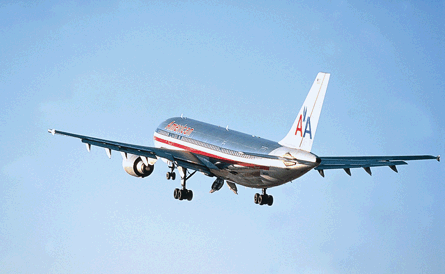The US Federal Aviation Administration is proposing to better define the term "manoeuvring speed" in transport category aircraft to help pilots avoid control inputs that could cause or contribute to an accident.
The action is a direct result of the accident investigation into the crash of an American Airlines A300-600 shortly after takeoff from New York's Kennedy airport in November 2001.
Officials at the US National Transportation Safety Board determined the probable cause of the accident was the in-flight separation of the vertical stabiliser after the first officer deflected the rudder from side to side to counter a wake turbulence event.
 |
|---|
© American Airlines |
The NTSB then issued a recommendation to the FAA to clarify to pilots the limitations of control inputs while flying at or below design manoeuvring speed, which was true of AA587.
During pilot interviews, NTSB investigators after the accident discovered that "many" pilots of transport category aircraft believed that they could make any control inputs desired without risking structural damage to the aircraft as long as their speed was below manoeuvring speed, a structural design point used in determining strength requirements for an aircraft and its control surfaces.
However, according to the FAA's design standards, the structural safety ensured by flying at or below manoeuvring speed is guaranteed only for "single full control input" in the pitch, roll or yaw axis or for an "abrupt" return of the rudder to its neutral position.
"The standards do not address full control inputs in more than one axis at the same time or multiple inputs in the same axis," says the FAA. "Therefore, the structure design requirements do not ensure the airplane structure can withstand multiple control inputs in one axis [which was the case in AA587] or control inputs in more than one axis at a time at any speed, even below design manoeuvring speed."
To correct the problem, the FAA is proposing to change the rules for manoeuvring speed statements that airframers must include in an aircraft's flight manual, warning pilots to avoid "rapid and large alternating control inputs, especially in combination with large changes in pitch, roll or yaw".
The FAA says airframers have voluntarily revised the statements in existing flight manuals.
Source: Flight International























